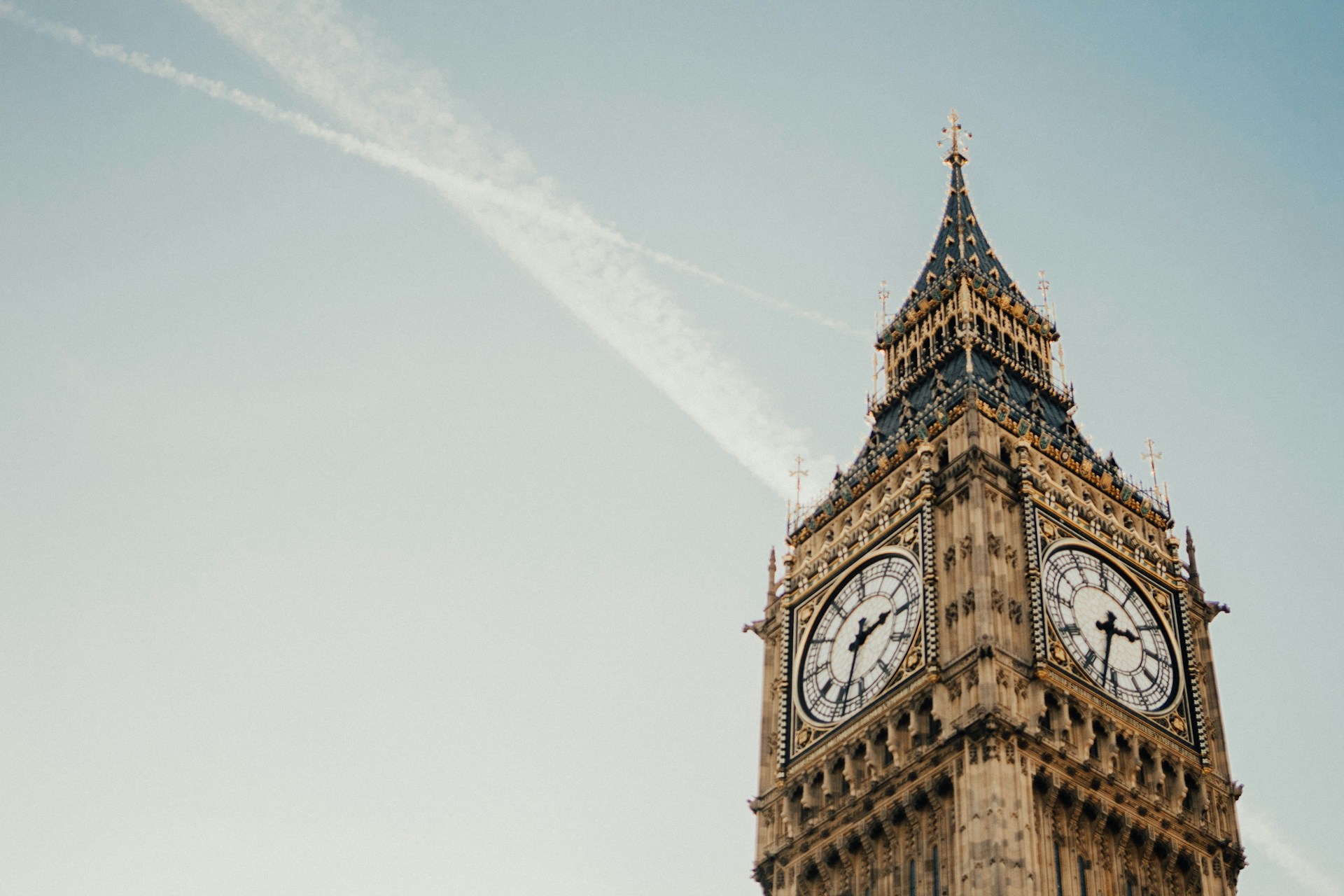Don’t you know how your savings are taxed? If not, you should learn about the Personal Savings Allowance (PSA) to manage your finances effectively. In the UK, the Personal Savings Allowance provides you with a tax break on interest earned from savings. However, you should know that the allowance rate depends on your income, and you can earn up to £1,000 of interest tax-free each year.
By taking these into account, you might be wondering about the extent of this allowance and how to reduce the amount of the tax you pay on your investment income. Well, you do not have to search for no more as this guide will help you to cover the necessities.
When Did the Personal Savings Allowance Start?
The UK government introduced the PSA on 6 April 2016 in the UK. It was introduced to allow people to earn some interest from their savings without paying taxes. Therefore, it has streamlined the process for savers and HMRC since then.
Before April 2016, interest from savings usually had a 20% tax rate. This has worked fine for basic-rate taxpayers. However, higher or additional taxpayers had to pay extra tax on top of the current tax year. Accordingly, non-taxpayers could stop the bank from taking tax by filling out an R85 form.
What’s the Personal Savings Allowance for 2025/26 in the UK?
The Personal Savings Allowance in the UK is a tax-free allowance for interest earned on savings. It allows people to earn a certain amount of interest income without paying tax on it:
| Income Tax band | Personal Savings Allowance |
| Basic rate 20% | £1,000 |
| Higher rate 40% | £500 |
| Additional rate 45% | £0 |
Note that even if your savings interest is inside this allowance, it still counts as part of your total income. It is not “invisible.” So, it can push your income into a higher tax level if you earn more.
For example, John Doe earns £13,000 from his part-time job and gets £1,200 interest from his savings. He uses £12,570 as his allowance and pays no taxes. His remaining income is £430, which reduces how much starting rate savings he can use. His savings interest is £1,200. The first £1,000 is covered by his Personal Savings Allowance. But the extra £200 is not covered, so it may be taxed depending on his total income.
What Types of Interest Are Included
Your savings allowance covers interest you earn from many sources, such as:
- Bank and building society accounts
- Credit union and savings accounts
- Investment funds like unit trusts or investment trusts
- Peer-to-peer loans
- Money held in trust accounts
- Compensation from payment protection insurance (PPI)
- Bonds issued by companies or the government
- Payments from life annuities
- Certain types of life insurance plans
But interest from tax-free savings accounts like ISA allowance and some National Savings and Investments products does not count towards your savings allowance.
How Much is the Personal Savings Allowance?
The PSA depends on how much income you earn and which tax band you are in:
- If you are a basic rate taxpayer and earn less than £50,270 a year, you can earn up to £1,000 in interest from savings without paying tax.
- If you are a higher-rate taxpayer and earn less than £50,270 a year, you get £500 tax-free interest.
- If you are an additional rate taxpayer, you do not get a PSA, all your savings interest is taxable.
Let’s say John Doe is working in the 2025/26 tax year. He earns £50,270 a year. Therefore, he gets £1,000 in savings interest and pays no taxes. Accordingly, when he earns £50,271, he only gets £500 tax-free savings interest.
Difference between the Personal Savings Allowance and Personal Tax Allowance
Personal allowance is the amount of total income you can earn tax-free each year. It covers any kind of income like wages, pensions, or interest from savings up to £12,570. For example, if you earn £11,000 from your job, you pay no income tax because it is under the personal allowance.
On the other hand, personal savings allowance is a separate tax-free allowance just for the interest you earn from savings. The amount depends on your tax band, starting from £500 to £1,000. As an example, if you are a basic-rate taxpayer and earn £800 in savings interest, you do not pay any tax on savings income, because it is under your £1,000 PSA.
Personal Savings Allowance for Joint Account
If you are married or in a civil partnership, each of you gets your tax allowances, like personal income. However, if you have a joint savings account, usually half the interest is taxed for you, and the other half for your partner. This situation does not change even if you are the only person who puts money in.
In this case, you can ask HMRC to tax you based on the real ownership. This process requires you to fill in Form 17, and it must be signed by two account holders. You will have 60 days to send it to HMRC. Note that once you choose this route, you cannot change it unless your ownership changes or you separate.
Do You Have to Notify HMRC of Savings Interest?
If you fill out a Self-Assessment tax return, you must include all your income, including any interest earned from savings. HMRC will then work out how much tax you owe based on your total income and any tax-free allowances you’re entitled to.
How to Calculate Your Personal Savings Allowance?
Now that we have learned what PSA is, it is time to discover how to calculate it. Start by knowing how much interest you earned. In other words, you need to check the interest you can earn. Then, look at the tax band you are in. It will give you a clear idea of what to expect. For example, if you earn £35,000 from your job, you are in the basic rate. Therefore, you will get £1,000 PSA.
What Happens If You Pay Tax on Your Savings Income?
If your savings interest was below your tax-free allowance, but you still paid tax on it, you can get that money back:
- You must ask for a refund within 4 years of the end of the tax year.
- If you already do a self-assessment tax return, you can claim the refund there.
- If you do not do a tax return, you can still claim, just follow HMRC’s instructions online.




